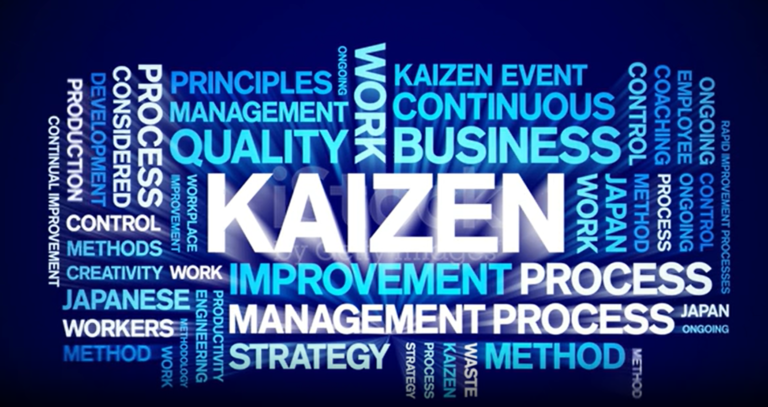Risk is an uncertain condition which nobody can predict. It can be having multiple consequences. Sometime Risk is calculative and expected, but sometime it brings surprise. Now a day the level of competition is so high in almost everywhere, and when there are high competition and demand then chance of Risk increased.

RISK Management
During project execution, Project management, there are multiple Risk (known-Unknown). Here we will discuss about Risk Management in project execution and management.
To Management Risk, below are some best practices:
- Good Planning
- Identify the Potential Risk
- Analyse the Risk
- Proactive action to mitigate Risk
- Response and Monitoring of Risk
- Backup plan
Risk Management helps an organization to:
- Manage Changes
- Take better decision
- Proactively takes preventive action to mitigate the Risk on low cost and initial phase instead of take action on later stage.
- Generate awareness about Risk, so it will not repeat
When we are working on project, then Risk will impact to all team efforts, time, money, quality and performance. So we should be very conscious and aware about all possible Risk in projects.

Quick Thing to Remember
Plan risk management: As Risk is very uncertain things and during project planning phase, we should plan to manage Risk any occur during project execution.
Identify risks: It’s better to identify the Risk or potential Risk as early as possible and prepare risk register based on the nature of Risk.
Perform qualitative risk analysis: Risk should be prioritized by analysing and based on their probability of occurrence and impact. The purpose of perform qualitative analysis is to focus on managing high-priority risks in a project.
Perform quantitative risk analysis: used to numerically analyse the impact of identified high risks on project objectives.
Plan risk responses: Plan to identify the options and take actions to increase project production and reduce the threats of Risk and to focus on minimize such Risk and should not repeat and mitigate the risk by priority, and keeping resources and activities for them in budget, schedule, and project management plan.
Implement Risk Responses: Once we have complete analysis and report of Risks then need to implement Risk responses in project and make it documented in Risk register.
Monitor Risk: Only Mitigate and respond the Risk should not be motive, once Risk is mitigated then need to monitor regularly and closely for not to repeat and avoid any future risks as well.
FAQ
Q: What is risk management?
A: Risk management is the process of identifying, assessing, and prioritizing risks to minimalize possible negative impacts on an organization’s objectives. It includes analysing uncertainties and executing strategies to mitigate or exploit them.
Q: What is Qualitative Risk?
A: To focus on those Risk whose probability is high need to perform Qualitative Risk analysis
Q: What is Quantitative Risk?
A: Once Qualitative Analysis performed and identify the high priory Risks, then to assign some numeric Rating to analysis further based on their priory and probability to occur based on SCOPE, TIME, COST, EFFORTS
Q: Why is risk management important?
A: Risk management is critical because it helps organizations proactively identify probable risks and develop strategies to minimize their impact. It improves decision-making, protects assets, improves operational efficiency, ensures compliance with regulations, and protect the organization’s reputation.
Q: What are the key steps in the risk management process?
A: The risk management process typically involves the following steps:
- Risk identification: Identifying potential risks and their sources.
- Risk assessment: Evaluating the likelihood and potential impact of each risk.
- Risk prioritization: Ranking risks based on their severity and importance.
- Risk mitigation: Implementing strategies to reduce or eliminate identified risks.
- Risk monitoring: Continuously monitoring and reviewing risks to identify any changes or new risks.
- Risk communication: Sharing information about risks with relevant stakeholders.
Q: What are the common techniques used for risk identification?
A: Several techniques can be used for risk identification, including:
- Brainstorming sessions with key stakeholders.
- SWOT analysis (Strengths, Weaknesses, Opportunities, Threats).
- Checklists and questionnaires.
- Historical data analysis.
- Scenario analysis and modelling.
- Expert judgment and interviews.
Q: How can risks be assessed?
A: Risks can be assessed by evaluating two main factors:
- Likelihood: Assessing the probability or frequency of a risk occurring.
- Impact: Evaluating the potential consequences or severity of a risk if it materializes. These factors can be rated on a qualitative (low, medium, high) or quantitative (numerical) scale, depending on the organization’s preference and the nature of the risk.
Q: What are some common risk mitigation strategies?
A: Risk mitigation strategies aim to reduce the likelihood or impact of identified risks. Common strategies include:
- Risk avoidance: Eliminating activities or situations that pose high risks.
- Risk reduction: Implementing controls, safeguards, or redundancy measures to decrease the likelihood or impact of risks.
- Risk transfer: Shifting the responsibility for the risk to another party through insurance, contracts, or outsourcing.
- Risk acceptance: Acknowledged the risk and its potential impact without taking specific actions to mitigate it.
- Risk diversification: Distribution the risk across different areas or investments to minimize potential losses.
Q: How frequently should risk management be reviewed and updated?
A: It should be an ongoing process, frequently reviewed and updated to Risk register.
Q: Who is accountable for risk management in an organization?
A: It is a collective responsibility within an organization. It is crucial for all employees includes Senior Management to be aware of risks and their responsibilities in managing them.
Q: Can risk management eliminate all risks?
A: Risk Management purposes to mitigate risks and minimize their impact, also make ensure that it should not re-occur, but it is not possible to eliminate all risks. Some risks may be inherent in certain activities or industries.
Read More : https://techblog.kbrosistechnologies.com/
Visit to our site : https://www.kbrosistechnologies.com/
Watch more Video https://www.youtube.com/channel/UCpcd6IshE1caAbf9EdJd3gw


